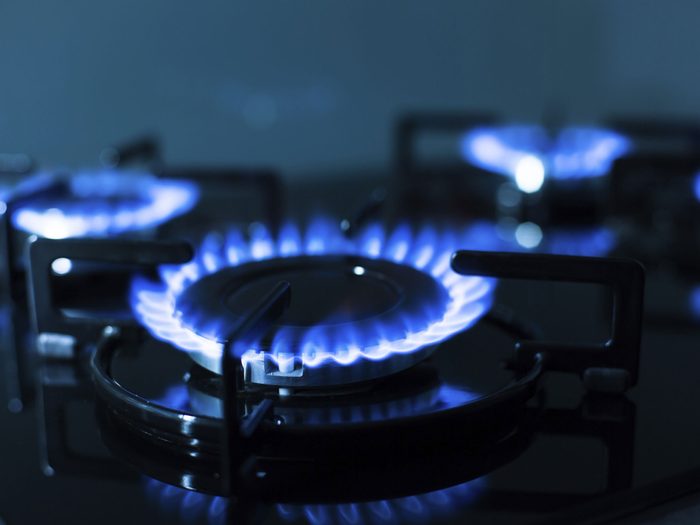
Deliver the Goods
Modern household goods produce smoke at higher volumes, speeds and toxicity levels than the goods of generations past. Furniture cushions today are usually made of polyurethane instead of natural fibres, and electronics are encased in plastic instead of wood. Items that tend to ignite first:
*Cooking oil and fat
*Upholstered furniture
*Insulation in electrical equipment
*Bedding
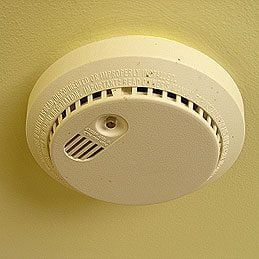
Smoke Detectors: Your First Line of Defense
* Install them on every level of your home, and outside sleeping areas. Place them on the ceiling or high on a wall.
* Most detectors use ionization (may respond more quickly to fast-flaming fires) or photoelectric technology (may detect slow, smouldering fires more quickly). For maximum protection, the Canada Safety Council recommends installing both types on every level of your home. If installing hard-wired detectors, have a battery backup in case of power failures.
* Check all detectors monthly using the “test” button; install a new battery at least once a year, or when the low-battery warning sounds. All smoke detectors wear out: Replace them after ten years.
* Newer models may have a “hush” (pause) button to temporarily silence the alarm. Other models won’t close if the battery is removed. And a note on battery life: Lithium batteries can last ten years.
* Never remove batteries from your smoke detector to use them elsewhere. Should a fire occur, without that alarm, you and your family may not have enough time to escape.
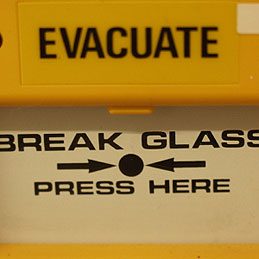
Make a Quick Getaway
*Create an evacuation plan. Start by drawing a floor plan of your home, marking at least two ways out of each room. And establish a meeting place outside of the house.
*Ensure that every family member knows the fire escape plan. Review the plan and practise it-have a home fire drill at least once a year.
*Give every family member a copy of the evacuation plan and post it in a visible location, such as on the fridge. Share it with visitors who stay with you overnight.
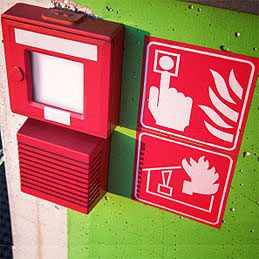
Moving on Up
*There are high-rise fire and building codes to regulate features such as fire alarms, sprinklers and protected stairways. But these codes-and their enforcement-vary across the country.
*Fire’s effects are significantly reduced in buildings with full sprinkler systems. But sprinkler requirements depend on jurisdiction, and on when the building was constructed. As of now, for example, there are no sprinkler requirements for residential high-rises in Ontario.
*Smoke can spread to your residence, even when the fire is many floors away.
*The earlier you leave, the better, no matter where the fire is. It’s rare for stairways and corridors fill with smoke in the early stages of a fire.
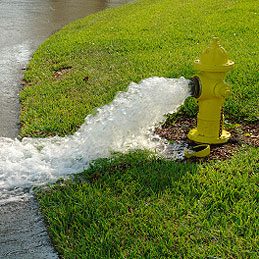
Get Smart
For information on fire prevention and safety-including smoke-detector placement and maintenance, and escape planning-contact your local fire department or the fire marshal or commissioner in your area. You can also try these sites for further information:
Health Canada: Fire Prevention